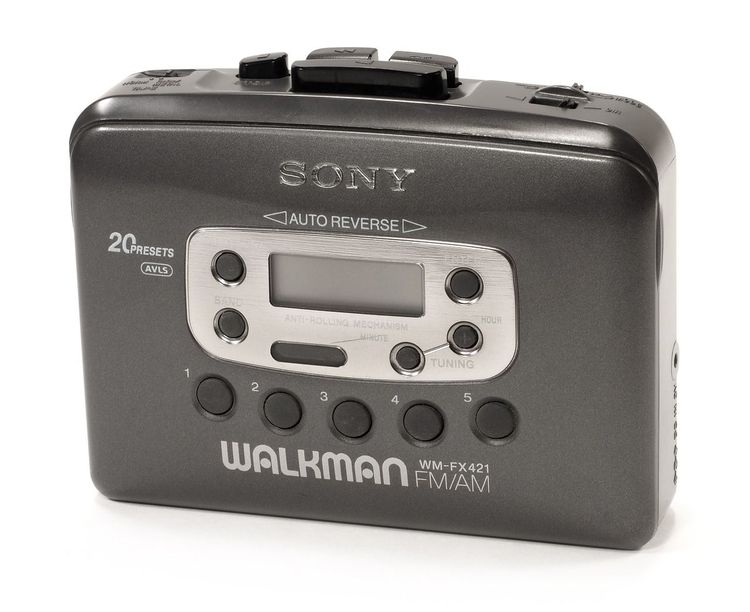The Impact of Macroeconomic Trends on Robotics in North America
Even the rapidly evolving field of robotics is not shielded from macroeconomic conditions. According to data from the automation advocacy group A3, the North American robotics market experienced a decline in both sales and revenue during the first half of 2024.
In the first half of the year, orders for industrial robotics fell by 7.5% year-over-year, totaling 15,705 units. Revenue also decreased by 6.8%, amounting to $982.83 million across the two quarters. A3 attributes this downturn to broader economic challenges facing manufacturers.
Sector Analysis: A Mixed Picture
When analyzing the data by sector, the findings present a varied landscape. The automotive industry, the largest sector for industrial automation, experienced fluctuations in its numbers. On the original equipment manufacturer (OEM) side, order volumes rose by 14.4%, while revenue saw a notable drop of 12%. Conversely, manufacturers of automotive components faced significant losses, with sales and revenue declining by 38.8% and 27.3%, respectively.
"Rising inflation and increased borrowing costs have led to reduced spending on robotics, prompting many companies to postpone significant investments," remarked A3 President Jeff Burnstein.
The semiconductor sector has particularly struggled, impacted by ongoing supply chain disruptions, resulting in a staggering 40% decline in orders and a 41.4% decrease in revenue.
The data points to a broader decline, especially following the acceleration of sales seen during the pandemic. In 2023, the market experienced a sharp 30% downturn to 31,159 orders for the year, compared to 44,196 orders in 2022 and 39,708 in 2021.
Finding Opportunities Amidst Challenges
Despite these concerning trends, A3 identifies potential silver linings within the statistics. "Even with these challenges, the relentless push for operational efficiency and workforce enhancement continues to spur demand for robotics in sectors such as food, consumer goods, and life sciences," Burnstein emphasized.
The life sciences sector reported positive developments, showcasing a 47.9% increase in sales and an impressive 86.7% surge in revenue. The food and consumer goods industry demonstrated even stronger performance, with orders rising by 85.6% and revenue by 56.2%.
Overall, the slowdowns indicated in the latest report shouldn't trigger alarm. A period of adjustment was inevitable following the buying frenzies of the pandemic. While prevailing economic issues pose headwinds, automation’s integration into industries remains a certainty—it’s merely a matter of timing, not possibility.







